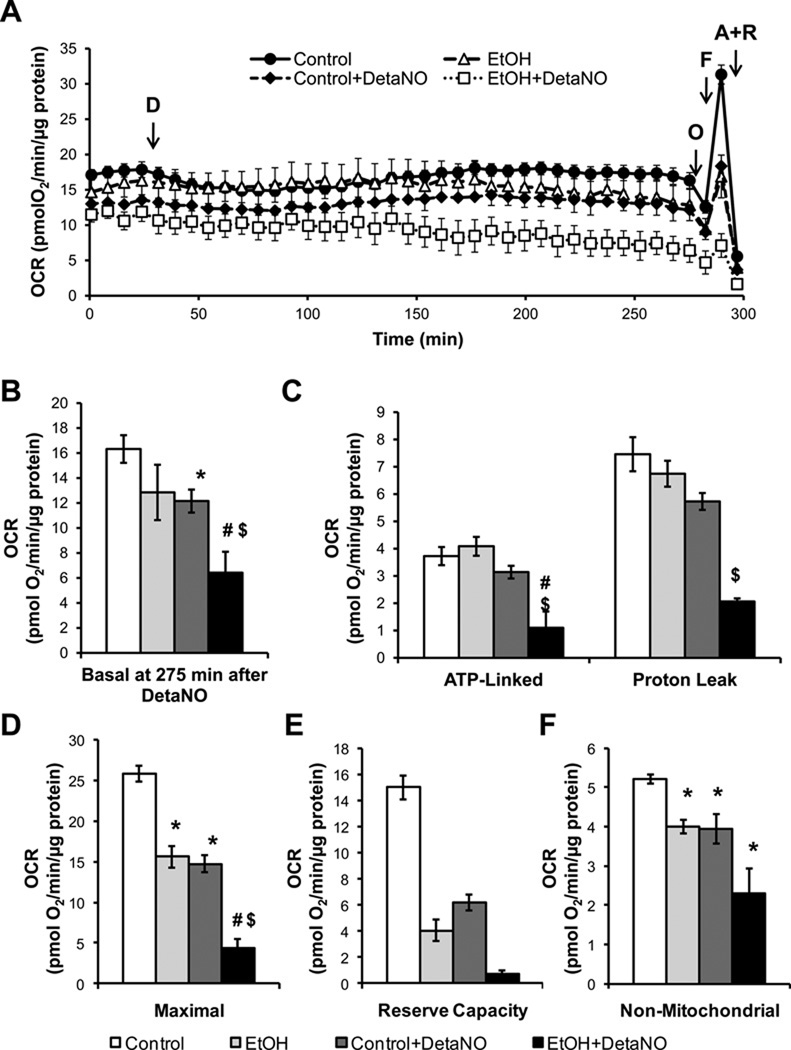Figure 3. Chronic alcohol (EtOH) consumption sensitizes hepatocytes to nitric oxide (˙NO)-induced mitochondrial dysfunction.
(A) The effect of ˙NO on respiration in hepatocytes isolated from control and alcohol (EtOH)-fed rats was determined by treating cells with DetaNONOate (D, 500 µM) for 4 hr followed by serial injections of oligomycin (O), FCCP (F), and antimycin A plus rotenone (A+R) to measure parameters of mitochondrial function. (B) Basal OCR (275 min post DetaNO) of hepatocytes is measured prior to oligomycin injection. (C) ATP-linked respiration is ascribed to the oligomycin-induced decrease in OCR and the remaining OCR following oligomycin injection is ascribed to proton leak. (D) Maximal OCR was measured following FCCP injection. (E) The reserve capacity was calculated from the difference between the maximal and basal OCR. (F) The non-mitochondrial OCR was determined by injecting antimycin A and rotenone simultaneously to fully inhibit the electron transport chain. Results expressed as percent of baseline (measurement prior to DetaNONOate or vehicle addition) and are mean ± SEM. Basal OCR values are 148 ± 3 pmol O2/min for control group and 118 ± 5pmol O2/min for the EtOH group. n=5 per group. *p<0.05 compared to Control. #p<0.05 compared to EtOH. $p<0.05 compared to Control + DetaNO.

